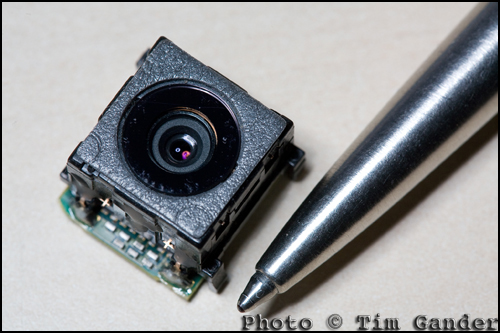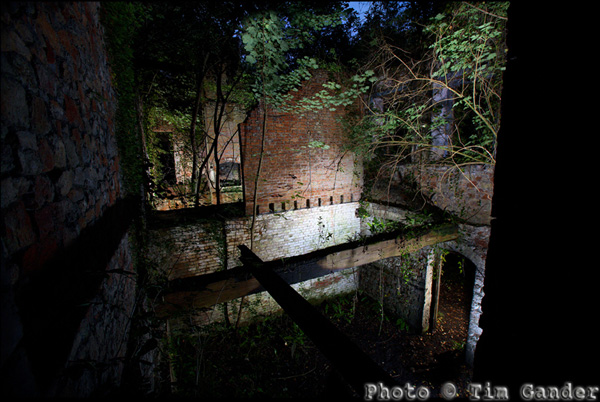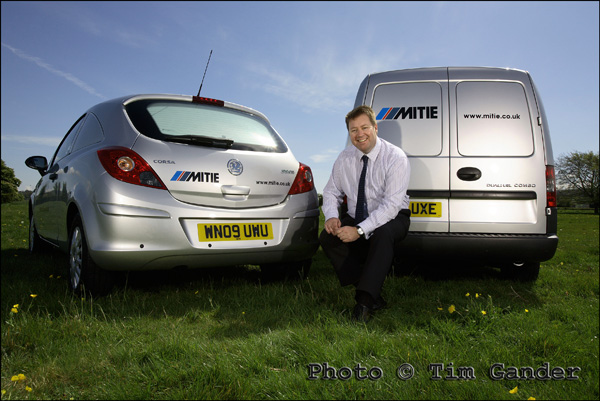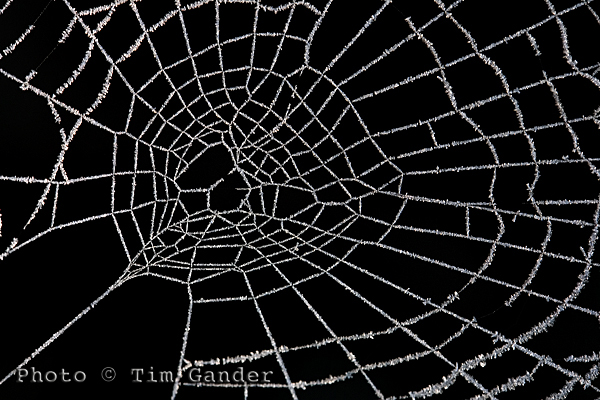Question: When is a wedding photographer not a wedding photographer?
Answer: Apparently when they say they’re a commercial photographer, a press photographer, an architectural photographer, a spoon, a pomegranate. Whatever their keywords and web blurbs say they are that week.
You may sense from this post that I’m a little fed up. Maybe I am. Maybe I’m frustrated at the number of new clients telling me they were looking for a commercial, press or PR photographer (in other words, a photographer with the requisite experience for the work they’re looking to get done) but had to wade through pages and pages of Google search results of wedding photographer sites to get to mine. I’m not half as frustrated as those clients are, but I feel their pain.
Google is a great tool, but it becomes pointless if businesses pretend to do what they don’t, and try to attract visitors who will rarely convert into clients, and who will probably regret it if they do.
I know some wedding photographers can take good corporate, commercial and maybe even decent press photos, and they’ll have galleries on their sites to prove it, but most only ever do weddings. On the rare occasion they get near a corporate shoot, it often ends up looking like a wedding in an office.
So why do photographers pretend to do something they don’t and mostly can’t do? Perhaps they think clients are stupid and won’t know the difference, or they think that since they mainly work weekends it might be nice to pick up the extra work in the week. They clearly also believe that once you have a camera, you can tackle absolutely any photographic assignment. Regardless of the actual kit, experience and skills required.
So off they go with their keyword blunderbuss, kerblamming their site with keywords that have only a tenuous connection to what they actually do.
I don’t list weddings as one of my skills. I don’t put “wedding” in my keywords. Neither do I put “puppies”, “Bat (or Bar) Mizvahs” or “christenings” in there. Why? Because I don’t do them. Just like I don’t do plumbing, antique restoration or brain surgery. Why compete with people who already know what they’re doing and have the workflow, supply chain, mental skills and experience to do those jobs?
Recently I added my details, with keyword tags, to a local creative forum website. Within a week, a wedding photographer had done a copy and paste of my keywords, then added “wedding” to the end. A look at his website showed no sign of all the disciplines he’d listed, except weddings. He’s clearly on a fishing trip for extra work, but his entry, like a blunt pencil, is now largely pointless.
If anyone needs to do a web search for a photographer to take pictures for commercial publication, they will have to be sure to type “-wedding” (thus removing any site ranked using that word) into the search box in order to get more relevant results, which seems a bore. But if these jack-of-all-photography types are going to insist on using keywords like a drunk uses expletives, it may be the only solution.
I could strike back by adding all the weddingy keywords to my site, but there’s no point in that. Did I mention I don’t do weddings?










